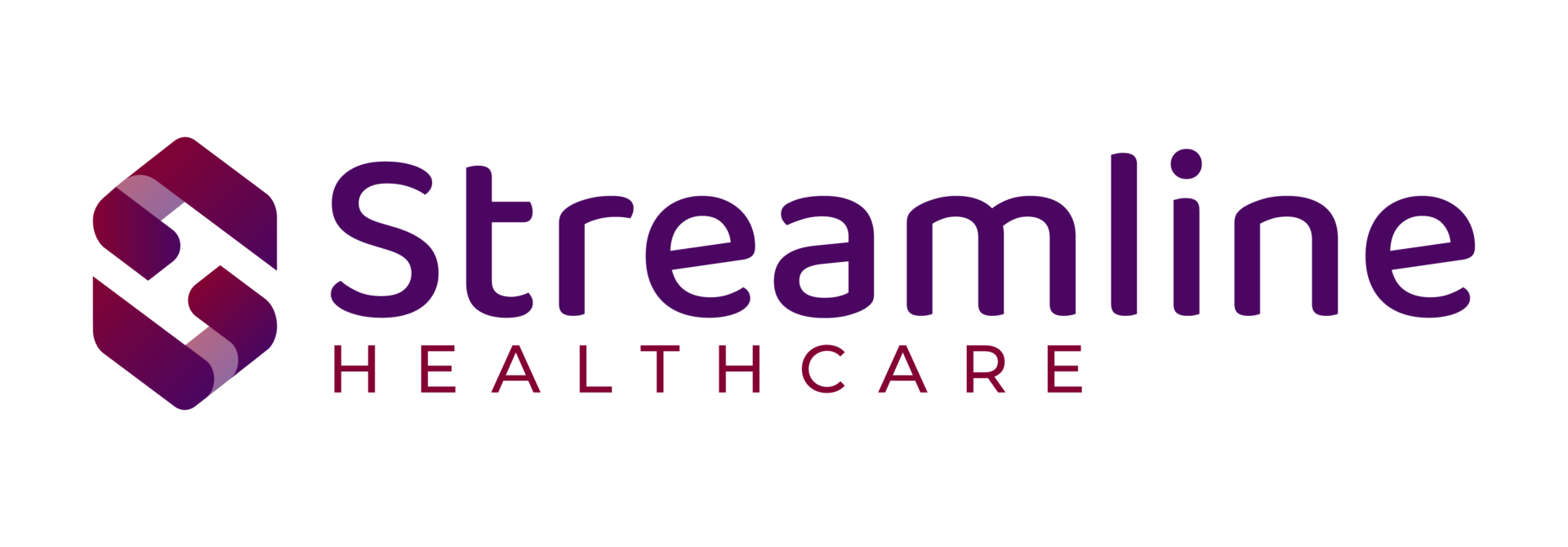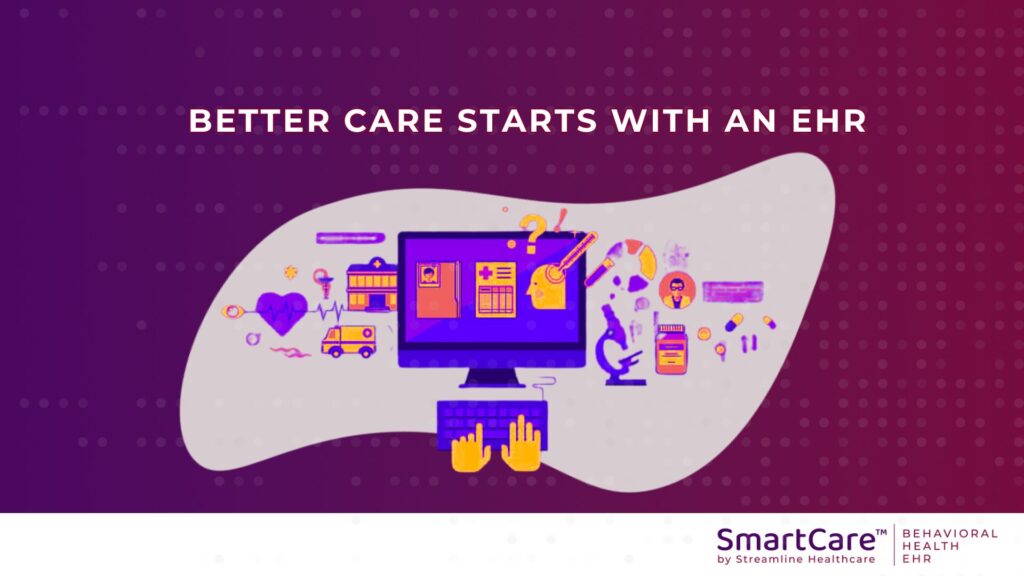Hybrid of Care in Healthcare and Telehealth
What does “hybrid of care” mean?
The term hybrid has come up often this past decade as the automobile industry shifted gears to focus on alternative ways to manufacture and power their cars. Caused by fossil fuel concerns and green energy legislation, Hybrid cars result from an industry adapting to fit new regulations and market landscape. Hybrid cars are here to stay as the benefits help all stakeholders.
Can the same be said of “Hybrid of Care” regarding telehealth in the healthcare field? It certainly seems so, but how can we get there?
Changes in healthcare due to the pandemic
Many healthcare providers throughout the nation adopted their care models to provide Hybrid care during the COVID-19 Pandemic providing both in-person and remote sessions. According to the American Hospital Association, 76 percent of U.S. hospitals utilize video or technology, and almost every state’s Medicaid program has some form of coverage for telehealth services.
Private payers have also been open to change to better fit this new hybrid system. A recent Center for Connected Health Policy report highlights legislation for telehealth laws as some of the most improved in the last decade. The report found 43 states and the District of Columbia have enacted a private payer telehealth law as of October 2020.
Healthcare coverage and the emergence of hybrid telehealth systems
Medicare, which only covered telehealth services for those living in rural areas before the Pandemic, could use this convenient and hybrid form of care permanently. The same can be said for Medicaid. Despite reimbursement for audio-only telehealth being pretty much standard during the Pandemic, less than half of state Medicaid programs throughout the nation have this payment model permanently adjusted.
There are some obstacles over reimbursement for audio-only services, along with intrastate licenses. Currently, audio-only services are covered under a temporary waiver that will expire once the Public Health Emergency ends. And in some states like Massachusetts, providers can not give telehealthcare across state lines.
Getting ahead of this and showing confidence in this virtual/hybrid care model, The Centers for Medicare and Medicaid Services has proposed permanent Medicare coverage of audio-only mental health telehealth services. There is also some promising movement on the federal level. The Nation’s Health and Human Services Department amended verbiage to the PREP ACT, which precludes state and local governments from enforcing more restrictive policies allowing interstate telemedicine to improve health outcomes while expanding coverage.
Adapting to hybrid healthcare & telehealth
Behavioral healthcare organizations are recognizing the need for a value-based approach to hybrid care
While we adapt and adopt this hybrid model as a nation, there is this reality that telehealth is not the right platform to help all patients get the care they need. You can’t expect to get everything you need through a screen. That is why dissecting this hybrid form of care is so important.
One Ohio-based behavioral health provider shared her thoughts on telehealth and hybrid care’s benefits, effectiveness, and scalability. In a recent Executive panel webinar hosted by Streamline Healthcare Solutions, healthcare leaders discussed the value of utilizing multimedia while giving care.
“Video over just audio is critical,” this provider explained. “It was because the client was on video that the therapist was able to see what was incongruent with what the client was saying, and it was a situation of an overdose, and we were able to respond accordingly and get an emergency unit onsite.” Had it just been an audio-only session, it is hard to say how this patient would have been treated.
Being video engaged with their staff and clients and creating a “COVID Response Team” helped with this provider’s transition to the hybrid model. The procurement of equipment, adjustment of operations, and the critical communications behind this plan enhanced their creativity to find unique ways to continue to provide services at a time when our clients needed it the most.
The healthcare leader highlighted their tablet’s kiosk mode, along with their electronic health record (EHR) SmartCare™, saying they were both helpful. “We had our video software loaded, had our SmartCare™ application loaded so that the clients could access the patient portal from the device, trying to put those things at the fingertips of our patients.”
SmartCare’s Telehealth & Remote Care Services provide accessible, value-based care for all clients
Healthcare providers, payors, and policymakers need to have the right strategy for staff, software, and equipment to adapt to this future Hybrid of care which should help the betterment of all their stakeholders. Adjustments to legislation, advancements in technology like Telehealth and EHRs, including SmartCare, will undoubtedly play a role in this goal of value-based care in this new hybrid landscape.
Bring SmartCare™ to your organization
Are you looking to provide quality Telehealth & Remote Care services for all clients at their fingertips? Streamline’s next-generation Enterprise EHR, SmartCare™, allows organizations to offer secure and up-to-date remote care options to their clients, with the flexibility to grow and evolve. Interested in learning more about SmartCare™ EHR and its telehealth capabilities? Request a demo today.




